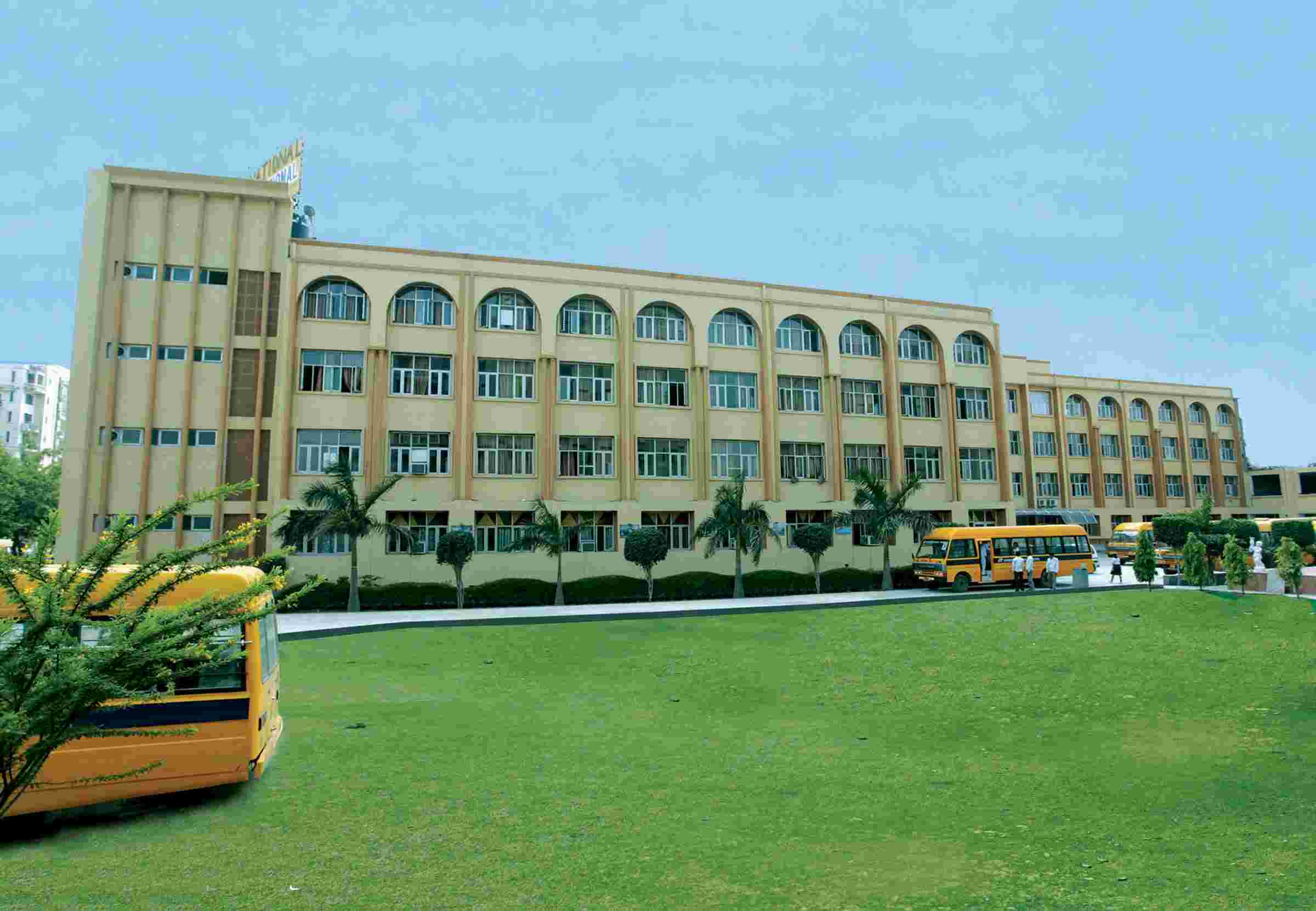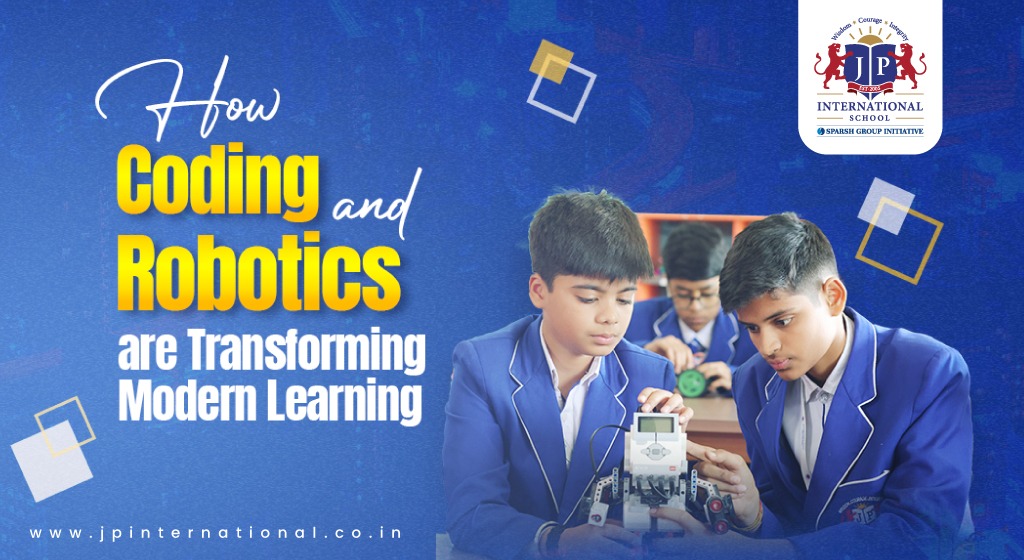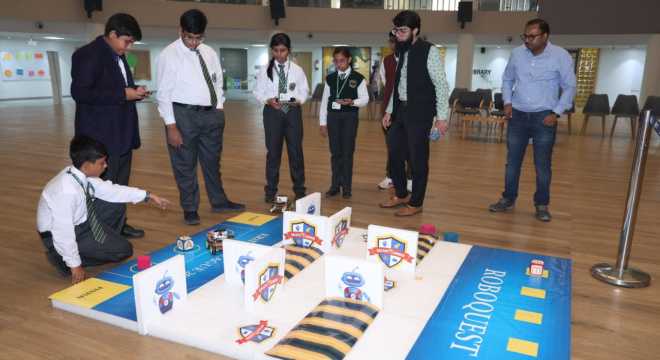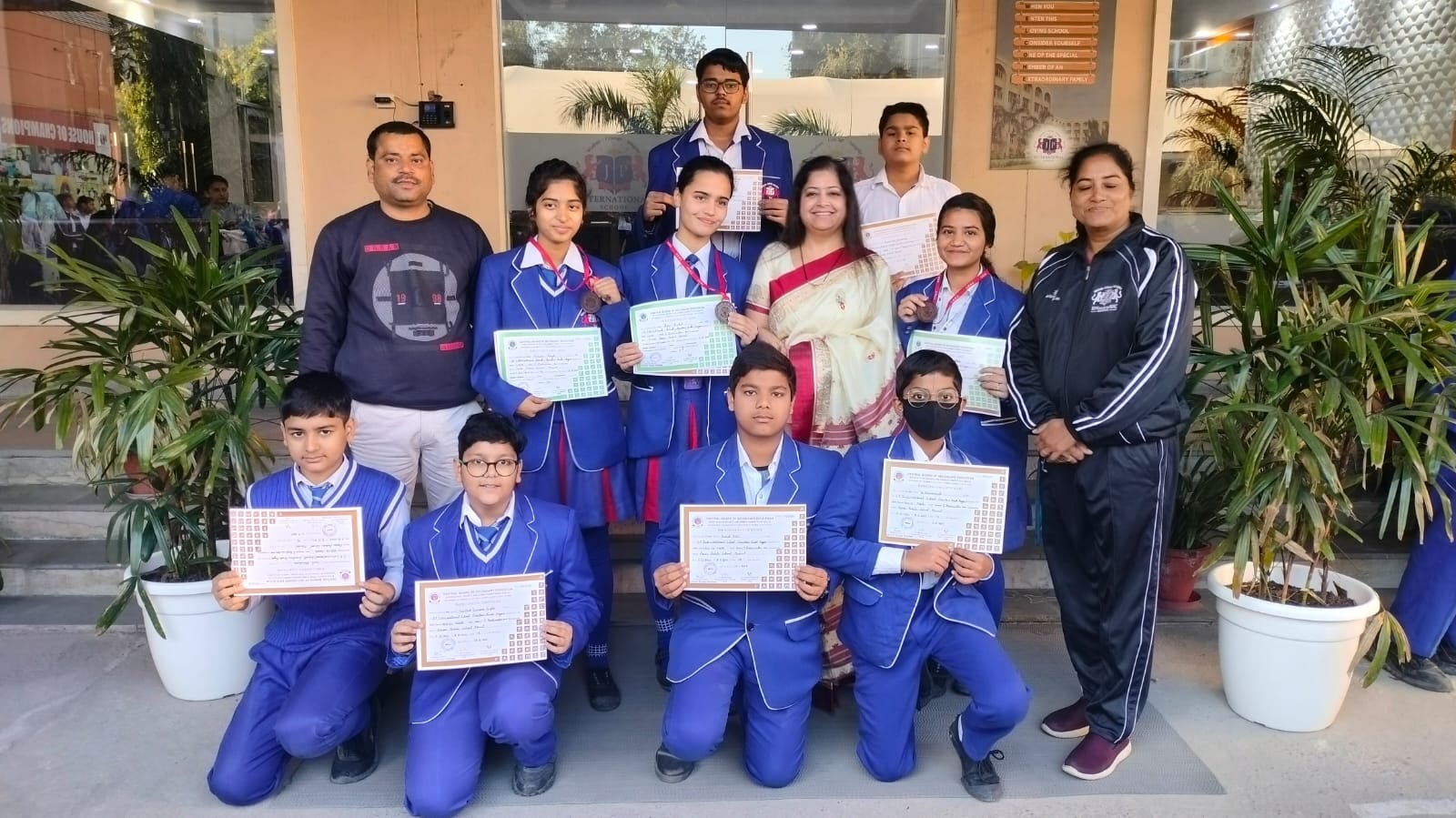

T:+91 7669-933-404
Email: [email protected]
Plot 3A, Sector Omega 1, Near Pari Chowk, Greater Noida, GB Nagar, Pin Code 201308


T:+91 7669-933-404
Email: [email protected]
Plot 3A, Sector Omega 1, Near Pari Chowk, Greater Noida, GB Nagar, Pin Code 201308

The landscape of education in India has seen the emergence of coding and robotics over the past couple of decades. This has drastically changed the way learning happens. Technological integration has become a standard part of our daily lives. Remote learning initiatives demonstrate that schools globally recognise the emerging importance of developing technical proficiencies in students from an early age.

The digital world now views coding as an essential skill that enables people to understand digital systems. An early introduction to coding yields major enhancements to children's ability for logical thinking and problem solving. Coding imbibes in children computational skill from an early age; this enables students to learn how to break down a complex problem into small parts. This enhances their problem-solving abilities, which helps them tackle everyday challenges.
Hands-on robotics activities let students experience tasks that represent actual professional applications. From an early age, they are introduced to basic engineering and physics, which help them construct robots and write programming codes. This fusion of disciplines fosters teamwork, innovation and critical thinking.
Students receive enhanced problem-solving capacity through the union of coding and robotics education. Students must face failure repeatedly until they develop their capacity to bounce back from challenges when testing several potential solutions. Team-based brainstorming helps students develop communication excellence and improve their understanding of different perspectives.
The integration of these subjects at an early education stage becomes necessary for providing every student with coding and robotics benefits. Schools can achieve this by:
By working together with technology firms and educational organisations, schools can give students direct experience with real-world coding and robotic applications.
Students require digital fluency at the same level as reading and writing proficiency in our current technology-driven world. Their transition from digital content consumers to innovative technology creators allows students to explore new ways of using technology through actively manipulating digital tools. Their increased understanding will enable students to make responsible ethical decisions while using digital resources including cybersecurity, data privacy management and digital communication behavior.
JP International School incorporates coding and robotics education into its academic programmes to give students essential skills needed by today's rapidly changing job sector. The educational approach develops innovation coupled with critical thinking and problem-solving abilities to make students ready for future careers.
JP International School cultivates students through a balanced education that focuses beyond information acquisition into collaboration alongside design thinking and technological ability. The increasing use of automation and artificial intelligence requires direct experience with such technologies to help students develop adaptation skills while becoming more creative problem solvers.
Introducing coding and robotics early helps children develop logical thinking, problem-solving skills and creativity. It allows them to break down complex problems into smaller parts, fostering computational thinking. Moreover, hands-on experience with robotics enhances teamwork and innovation.
JP International School incorporates coding and robotics through structured academic programmes, including programming languages like Scratch and Python. The school provides hands-on robotics activities, coding clubs and competitions, ensuring students gain practical experience. Collaboration with technology firms further enhances real-world learning.
Coding and robotics education equips students with essential digital literacy, critical thinking and adaptability skills required in today’s job market. As automation and AI become more prevalent, these skills help students innovate, collaborate and solve real-world challenges, making them future-ready.
- JP International School12 April 2025
JP International School makes students future-ready by imparting 21st century skills through the ...
5 April 2025
A solid education from school creates opportunities for students to grow into confident, responsi...
29 March 2025
Technology allows students' everyday journey, be it in academics or outside of academics, to be t...
22 March 2025
STEM education prepares students for healthcare careers by combining biology, chemistry and physi...
15 March 2025
By embracing innovative EdTech solutions while preserving valuable aspects of traditional educati...
 28 November 2024
28 November 2024
.jpg) 27 November 2024
27 November 2024
 8 December 2022
8 December 2022
